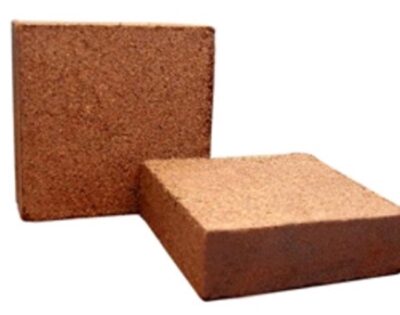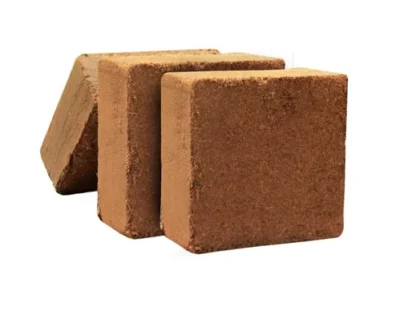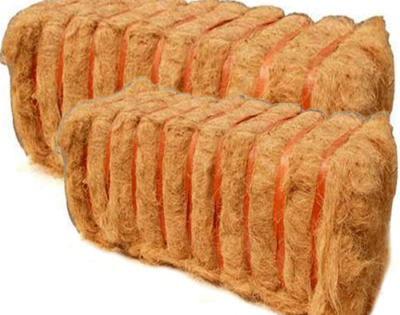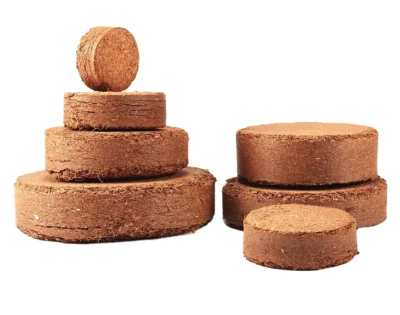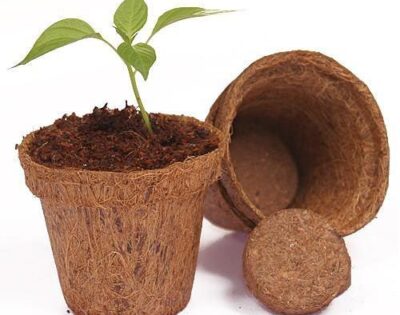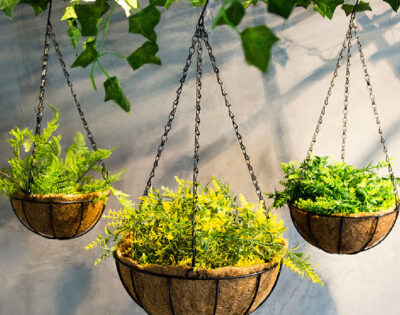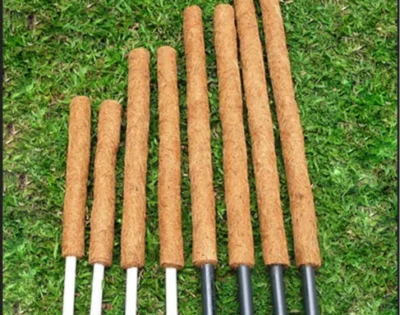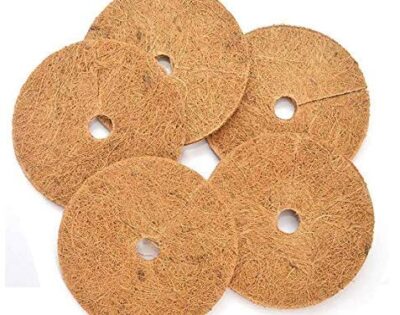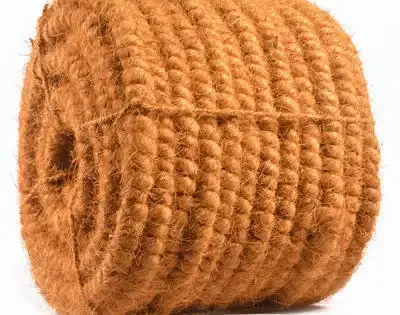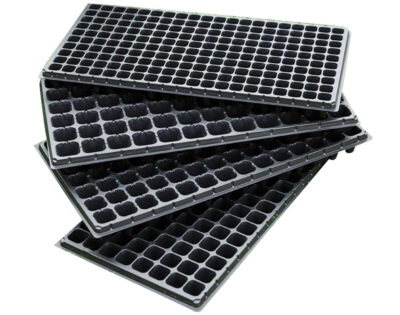Peat Grow Bags
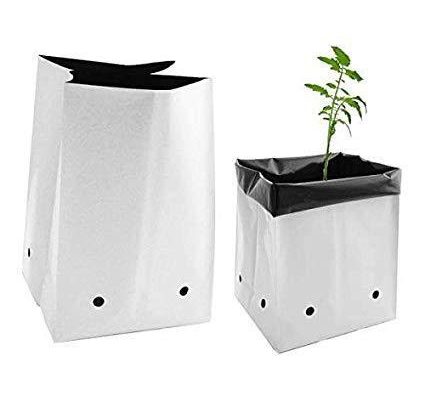
Kopeat Exports is a renowned company in the coir industry, specializing in the export of high-quality Peat Grow Bags for efficient plant cultivation. With a strong commitment to sustainability and customer satisfaction, we have become a trusted name in providing eco-friendly solutions to businesses worldwide. This article will explore the remarkable benefits of peat grow bags and how Kopeat Exports can cater to your specific needs. Peat grow bags are innovative planting containers made from a combination of coco peat and peat moss, designed to optimize plant growth and productivity. They offer numerous advantages over traditional planting methods and are widely used in horticulture, hydroponics, and greenhouse farming. At Kopeat Exports, we understand the immense potential of peat grow bags and have developed innovative techniques to produce high-quality and sustainable solutions.
Peat Grow Bags provide a controlled and consistent growing environment for plants. The bags are filled with a specialized growing medium that is rich in nutrients and has excellent aeration properties. This promotes strong root development and enhances nutrient uptake, resulting in healthier and more productive plants. The controlled environment also allows for better disease and pest management, reducing the need for chemical interventions.
OUR PRODUCTS
FAQ
What is the color of peat soil?
dark brown to black
The plant remains in peat can be found at various degree of decomposition (ranging from undecomposed to highly decomposed stages); therefore the peat soil often exhibits a dark brown to black color and spongy consistency with a distinctive odor.
What is an alternative to peat?
Many peat-free growing media are now available, containing materials such as bark, wood fibre, coir (pictured), anaerobic digestate, bracken, sheep’s wool waste, and green waste compost. All growing media have slightly different properties (whether containing peat or alternatives).
Is peat better than coco?
It could depend on your circumstances, for example if you have a soil that is alkaline then you may prefer peat moss as plants would benefit from its more acidic pH. Whereas, location could also come into play, if you live somewhere dry then you may favor coco coir as it holds more moisture than peat moss.
Is peat organic fertilizer?
The most important component of Peat for organic farming is organic matter. Peat is biochemically stable because it contains sparingly soluble humic acids. Humic acids are soil builders and growth stimulants that form calcium humate and calcium chelate complexes.
What grows in peat?
Drained fen or light peat soils are among the most fertile arable soils. Crops such as potatoes, sugar beet, celery, onions, carrots, lettuce and market garden crops are commonly grown. Cereals produce low yields. On light undrained peats, or where the water table remains high, the main crop is grass.

